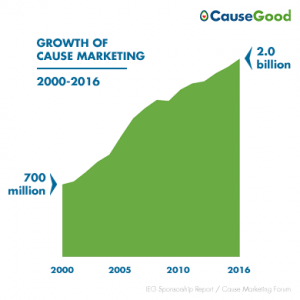Cause marketing is a $2 billion dollar business. That’s a lot of moola. Before you sign on to a charity walk it’s important to know whether your donation will pay for extra balloons at the finish line or something more meaningful.
“When you sponsor someone for a charity walk, you’re really writing three checks — one for the charity, one for the event-management company, and one for the benefits the walker receives, the T-shirt, the massages, and the meals,” said a spokesperson from the American Institute of Philanthropy, a charity watchdog group. “If it’s a very costly event, but you’re happy because you got some great perks, that’s fine. But, if you want to help the cause, you should find out how much will be left over.”
Last month Breast Cancer Action published 4 questions to ask before you walk for breast cancer.
Here are 3 more steps you can take to find out where your donation will go.
- Find out how much of your contribution will benefit the charity directly. According to the Better Business Bureau’s Wise Giving Alliance, “at least 50 percent should be spent on programs and activities directly related to the organization’s purposes.”
- Ask yourself if the charity’s goals are clear? What tangible results have they achieved in the past year, the more specifics the better. Is the charity’s mission specific, like providing wigs to women receiving chemotherapy, or vague, such as eradicating breast cancer.
- Ask how successful is the charity in meeting its goals? If a charity spokesperson can’t tell you what they’ve done to forward the cause lately, choose a charity that can.

